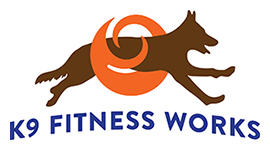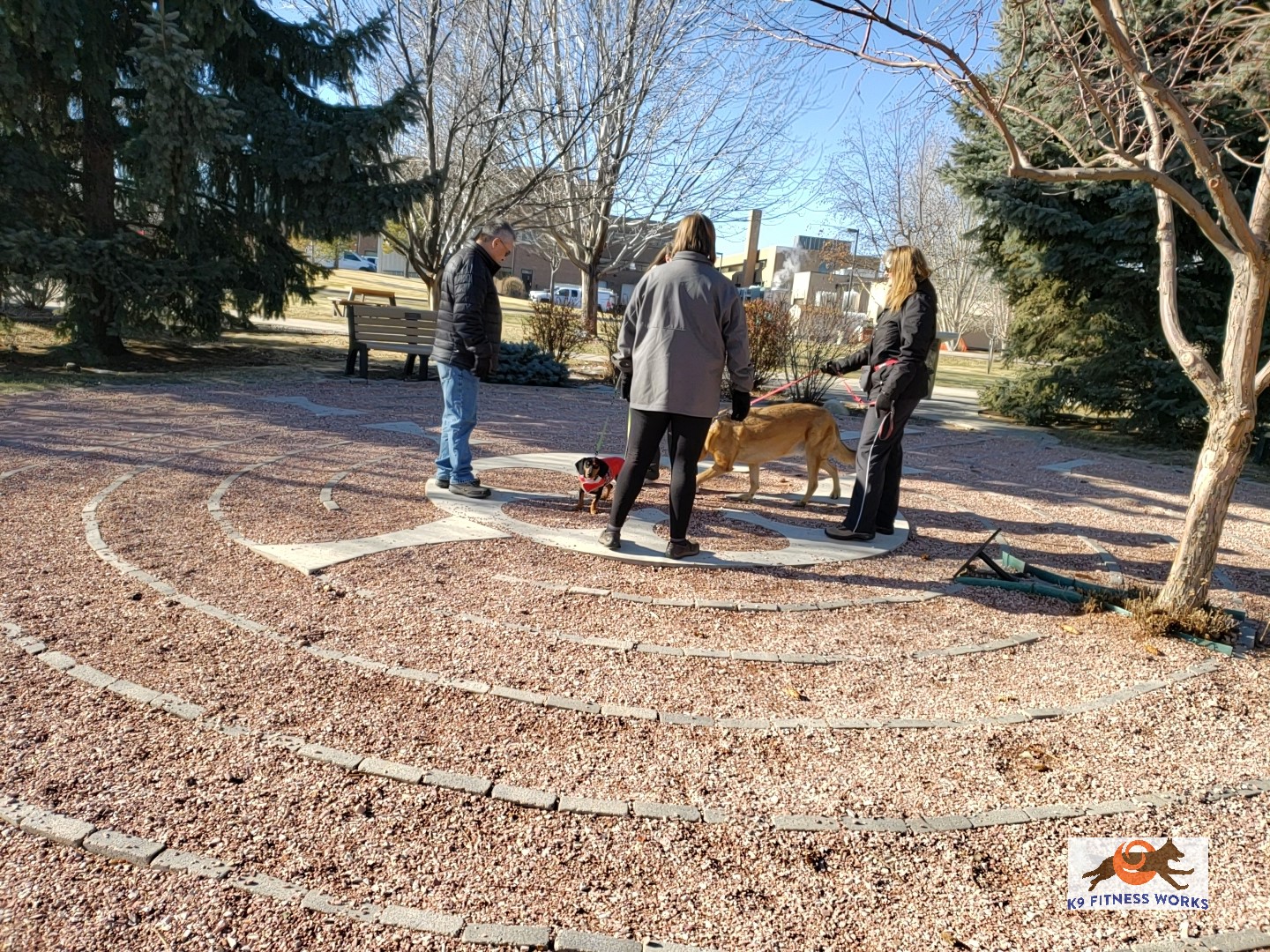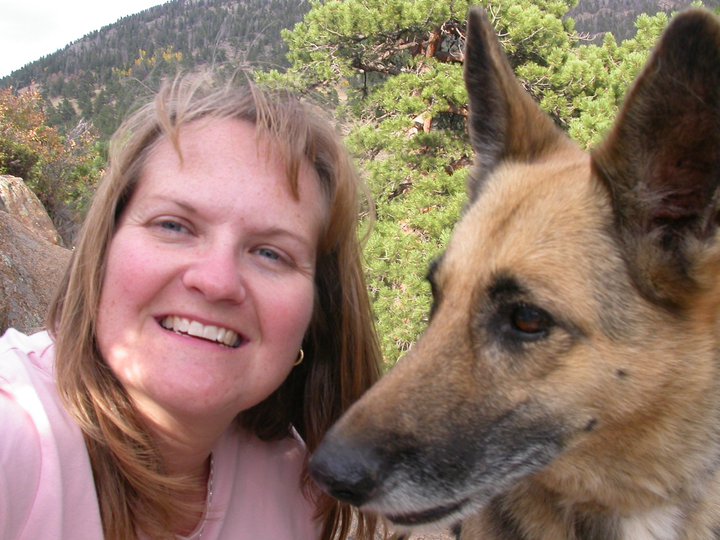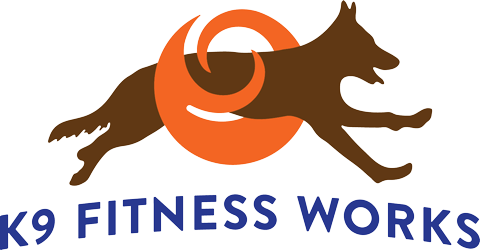Self-stabilization, Proprioception, What is it?
Do you remember a time your dog jumped on the bed and missed? Or you tripped on a crack in the cement? Your dog or you had a deficient proprioceptive or self-stabilizing system in the moment.

Puppies are sensitive to the environment around them and are able to respond quickly to every little change. Dogs have evolved to be deeply aware of their surroundings and adjust to changes for survival. Their bodies are sensitive receivers taking in new information that translates to body movement. As dogs are becoming more sedentary their body awareness is decreasing causing more injuries on hikes, work, or in competition.
In scientific terms.
Proprioception is the awareness of the body in space through mechanoreceptors and neuro sensing cells in the skin, receptive to the environment around us. In English, the dog’s feet have neuro sensing cells that send messages of the ground they walk on to the brain. These cells also monitor joint position and movement during daily activities.
Another way to say it.
This is the dynamic system of self-stabilization. When your dog or you are on an uneven surface like a pebble road or the side of a mountain the nervous system is receiving input to adjust muscles for stabilizing so you both don’t fall down. Not only muscles, also tendons, ligaments, and joint compression are modifying how they respond to the environment. A pretty intricate system when you think about it.
Our dog gets hurt when there is less body awareness to compensate for the change in environment. All day long they are lying on the couch with an occasional squirrel window chase or outside sound arousal. After we get done with work we take our dog on a hike, work them, or practice for a weekend competition. They have not had practice using their body on unstable surfaces during the day so there is decreased body awareness as they are walking over rocky terrain or jumping over an agility pole. Their body is slower to respond to the change in environment which causes muscles, tendons, and ligaments to adjust slower potentially causing a muscle strain.
How do we improve this to limit injury?
A very simple change in routine can save you and your puppy a lot of pain later. Here are a few simple tips you can do at home or on a walk to improve body awareness then preventing injury.
- Walk over different terrain on your daily walks after work. Stepping over rocks, curbs, mulch, sand, recycled rubber at play grounds, sticks, and grass can improve the input to the mechanoreceptors in their feet. That input improves body awareness.

- 2. Placing poles, broom sticks, or sticks in a path they walk daily to encourage knowing where their feet are in space. In a hallway, outside the door, or after the patio steps. You can use expandable curtain rods in the hallway, don’t leave them up at night. Go to the dollar store and buy 2 laundry baskets with holes and stake them in the yard upside down. Then place poles in them. Be creative with your exercises.
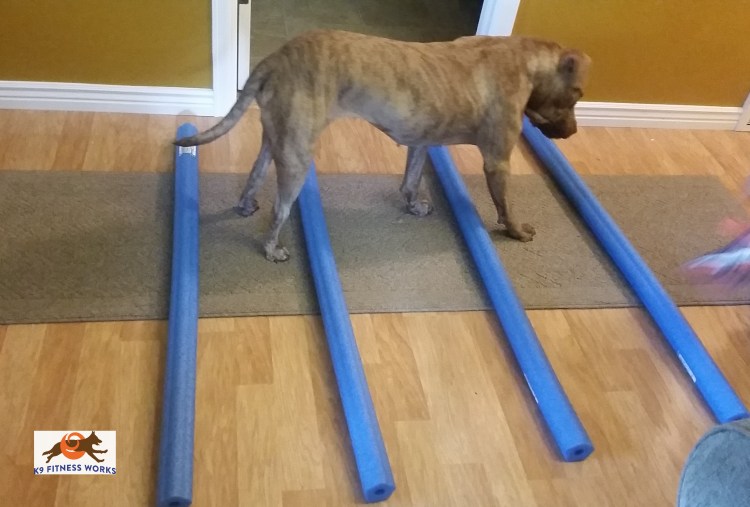
These simple steps can improve your dog’s body awareness to react quicker to an obstacle helping preventing injury. You can do the same exercises with them to help your proprioception while creating a stronger bond with your dog.
